Case 15
- Publishers: Reed v Whitcombe
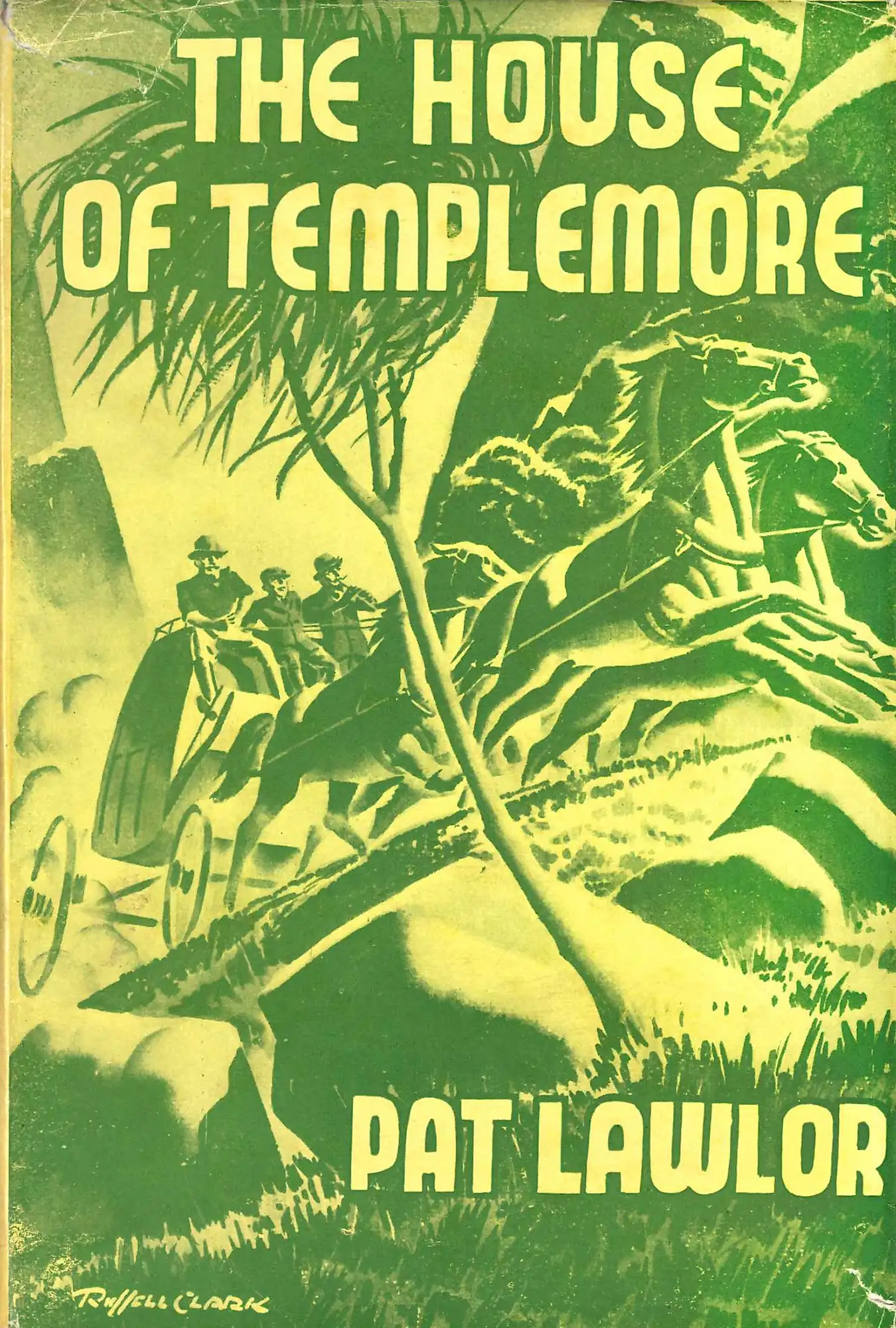
Pat Lawlor. The house of Templemore. Dunedin: Reed, 1938.
Alfred Hamish Reed’s publishing career began with a modest Sunday school supplies business which he ran as a hobby in Edwardian Dunedin. Joined by his ambitious, bullish nephew Alexander Wyclif Reed, who audaciously opened a Wellington office during the Depression, the Reed business evolved into a formidable publisher with a focus on books with a distinct New Zealand flavour. Utilizing appealing visual styles in their production of mainstream books, Reed eventually overtook Whitcombe & Tombs as New Zealand’s leading publisher during the latter half of the 20th century.
The house of Templemore was one of only a handful of novels published for the New Zealand market by Reed in the prewar years. Journalist Pat Lawlor’s first and only novel, it is the story of a colonial Irish family in the Wellington area in the early 19th century. The jacket design is by Russell Clark whose versatility is apparent in the energetic two-colour illustration.
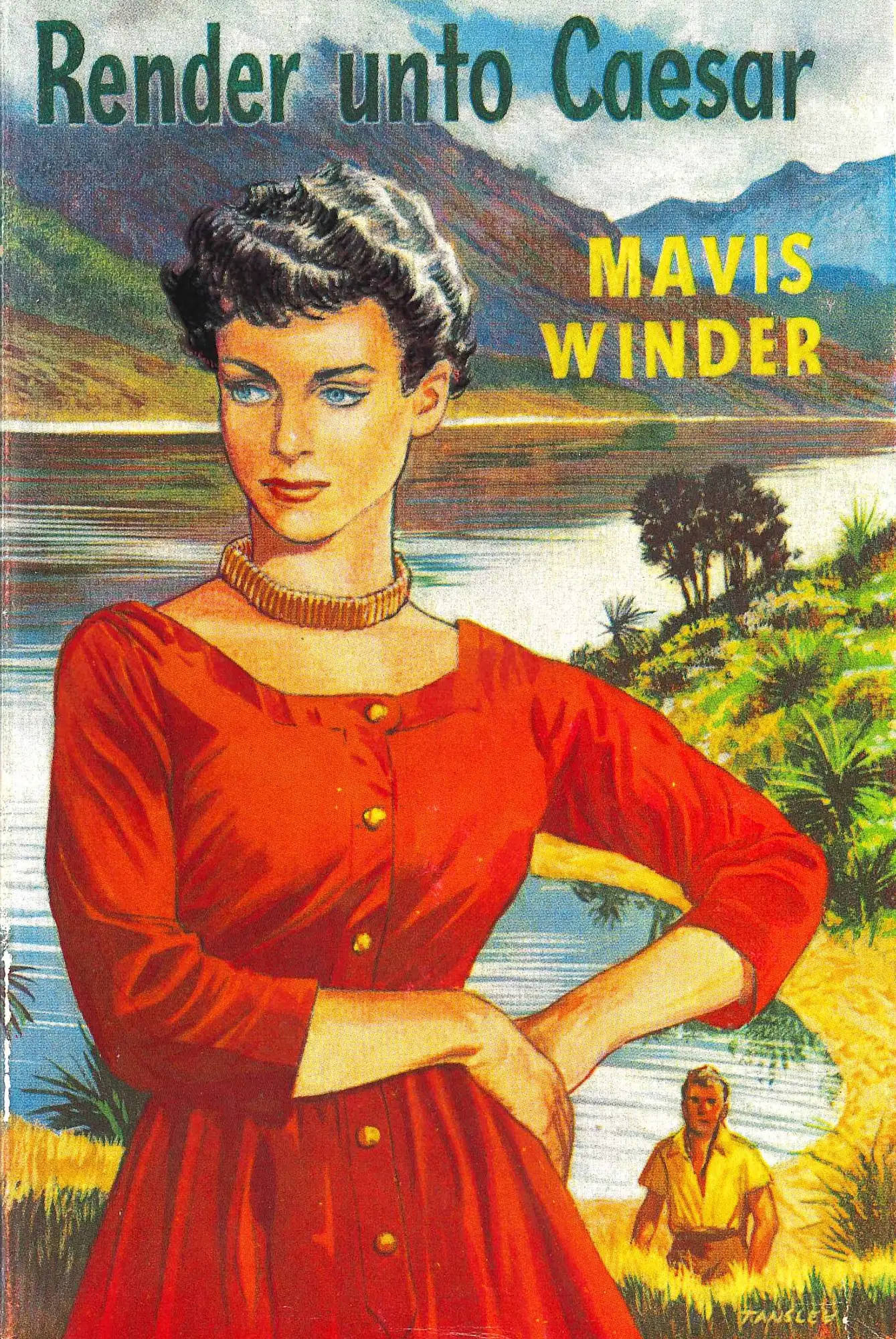
Mavis Winder. Render unto Caesar. London: Herbert Jenkins; Wellington: Reed, 1957.
In 1950s New Zealand, it was largely uneconomical to produce novels for the New Zealand market alone. A.W. Reed established relationships with certain English publishing houses, notably Herbert Jenkins, to reach a broader audience for local novelists. A handful of novels by Timaru-born Mavis Winder (1907-87) constituted a rare venture into the romance genre by Reed.
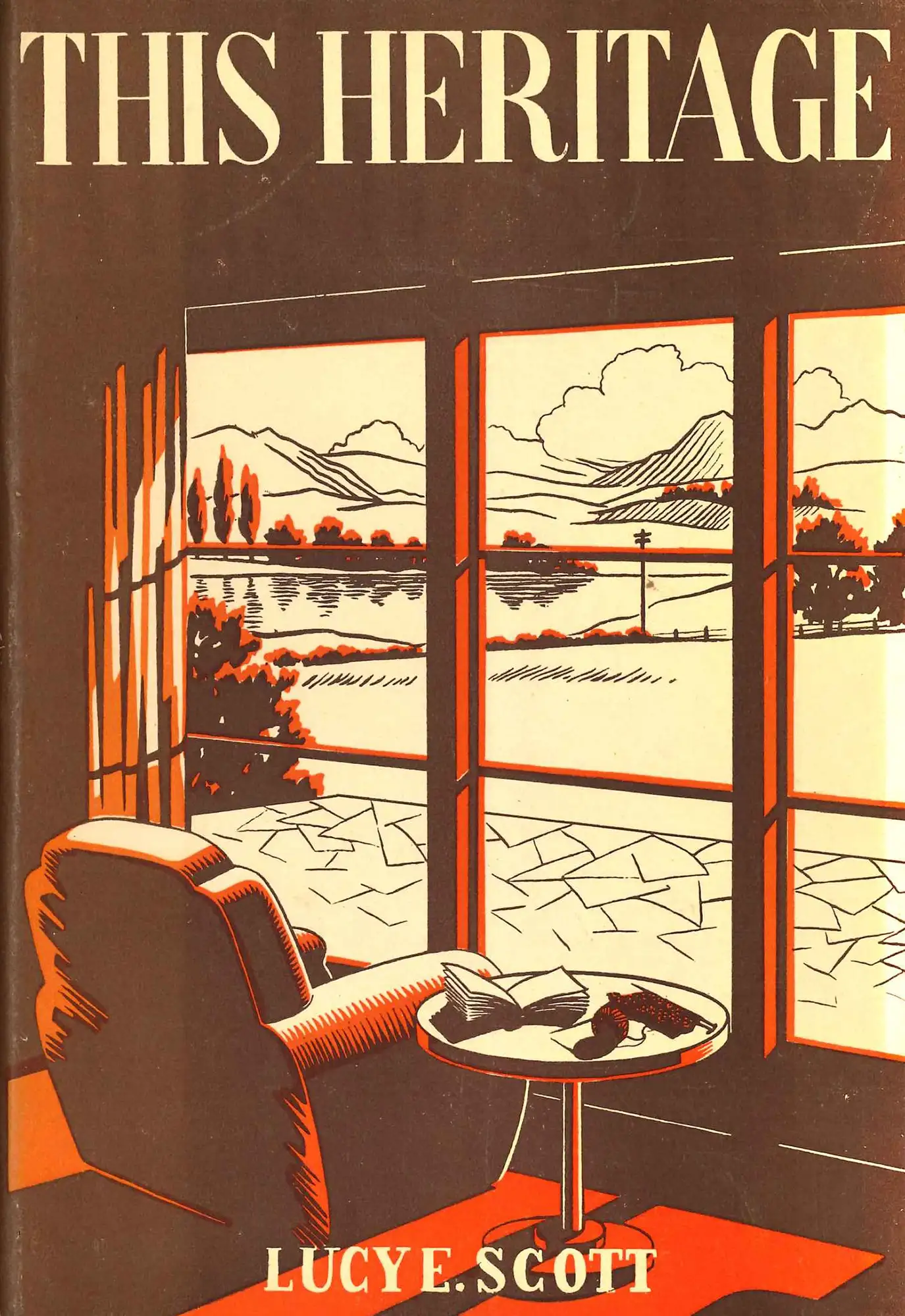
Lucy E. Scott. This heritage. Wellington: Reed, 1950.
This heritage is a Christian devotional work comprising articles previously published in the New Zealand Dairy exporter. Lucy Eliza Scott’s monthly meditations aimed at rural women had been widely read in remote corners of New Zealand since the mid-1920s.
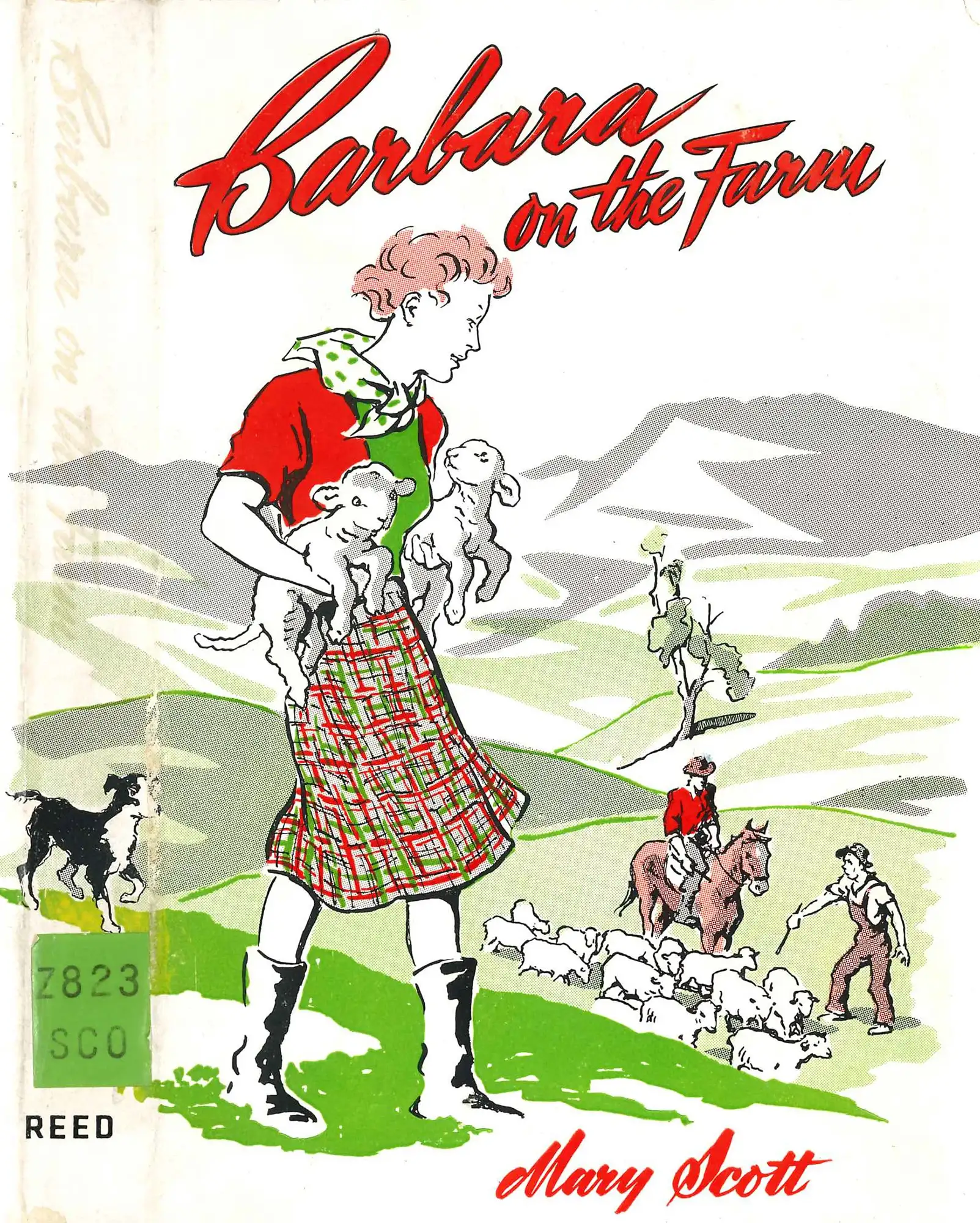
Mary Scott. Barbara on the farm. Wellington: Reed, 1953.
Mary Scott (1888-1979) was the author of a popular sequence of humorous, light-hearted sketches about ‘Barbara’, the irrepressible, charming wife of a King Country farmer. These first appeared in serial form in various New Zealand newspapers, including the Evening Star, and were subsequently published in book form sporadically during the 1930s-1950s. Scott was the most successful woman writer in the Reed’s stable in the 1950s.
The illustrations and cover design are by Gwyneth Richardson, who illustrated a number of Reed-published books in the 1940s-1950s.
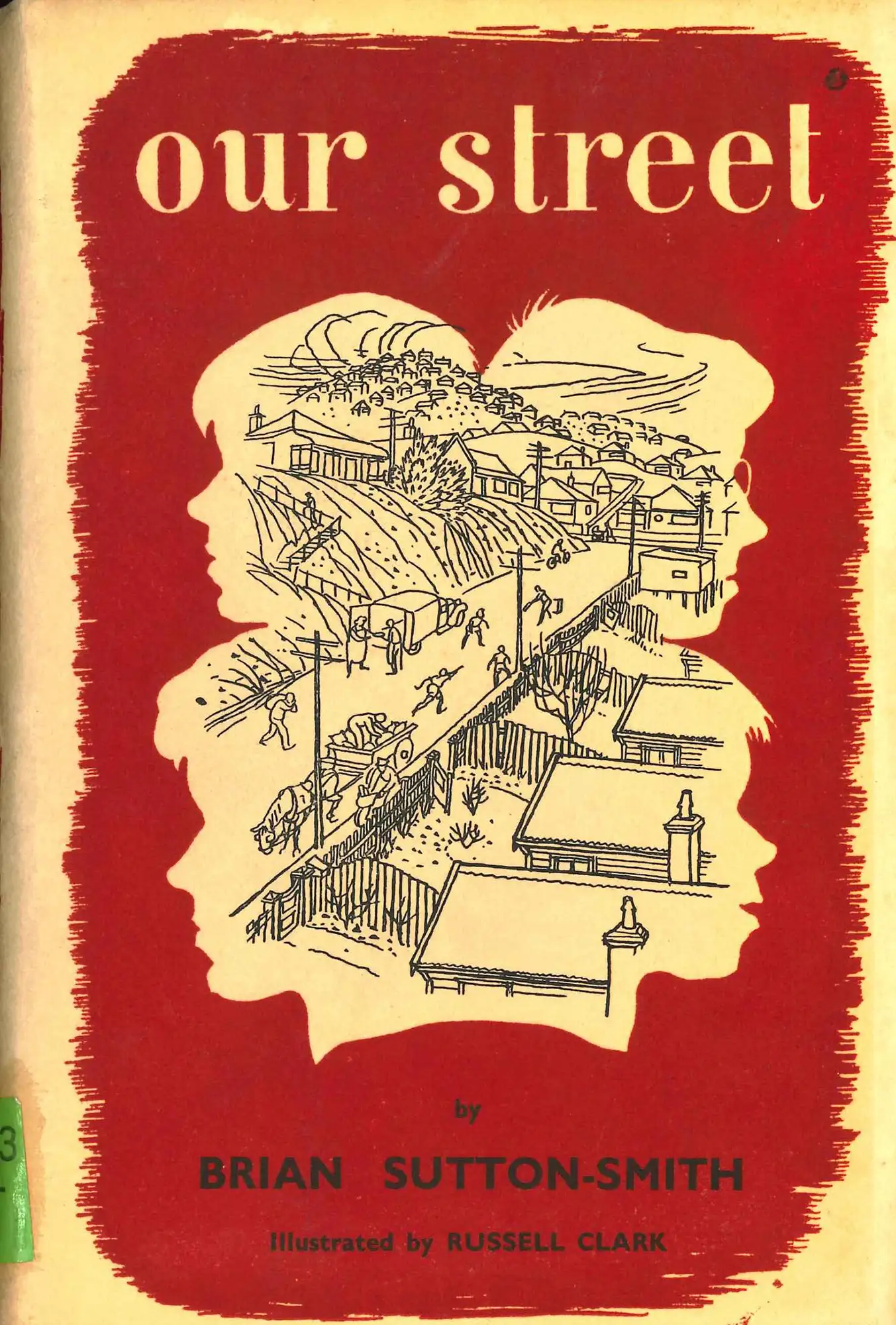
Brian Sutton-Smith. Our street. Wellington: Reed, 1950.
Reed was a significant publisher of educational materials which were generally uncontroversial. An exception was Our street, a work of social realism describing a gang of working-class youth in the late 1940s. Author Brian Sutton-Smith wanted to promote discussion about bad behaviour, and the society in which boys were growing up. The artist Russell Clark (1905-1966) was the illustrator and his detailed pen-and-ink drawing features on the jacket design.
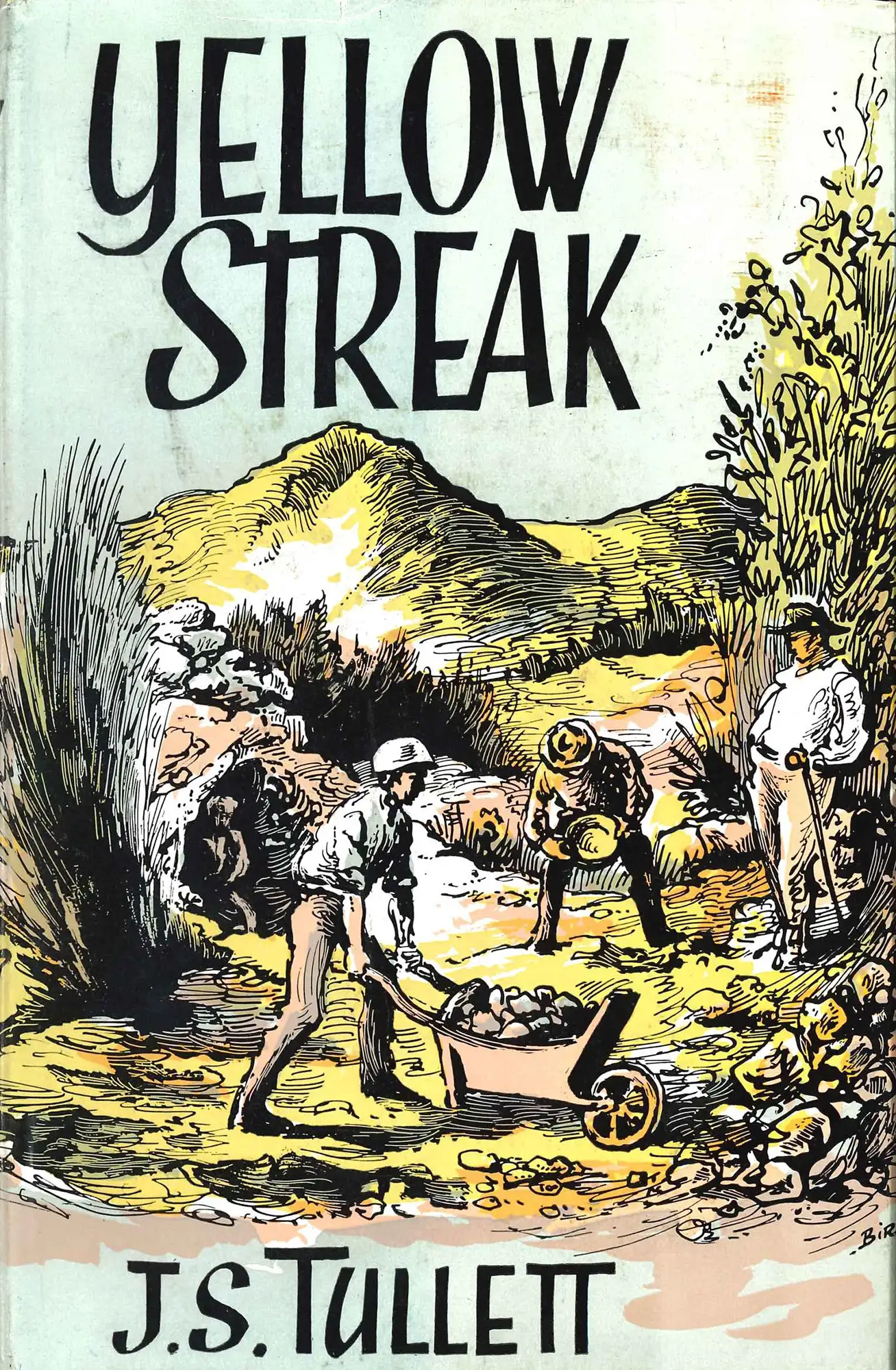
J.S. Tullett. Yellow streak. London: Robert Hale; Christchurch: Whitcombe & Tombs, 1963.
Numerous novels by New Zealand authors were jointly published by Robert Hale of London and Whitcombe & Tombs of Christchurch from the 1940s to the early 1970s. Founded in 1882, Whitcombe & Tombs dominated the New Zealand publishing industry until the mid-20th century, when Reed began to rival them. The four 1960s jacketed books displayed here form a marked contrast with those issued by Reed, who were publishing the likes of Barry Crump and Denis Glover at the same time.
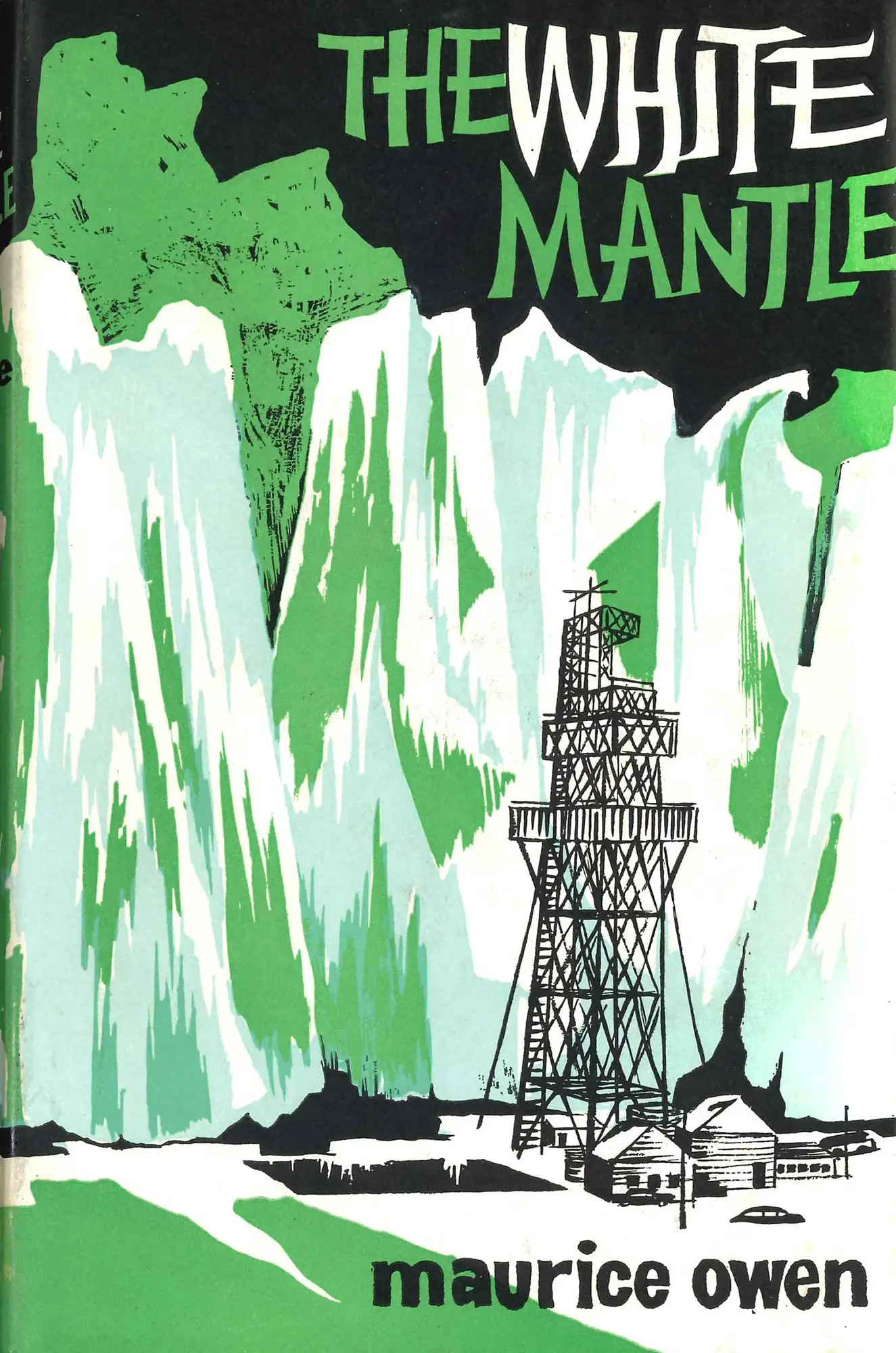
Maurice Owen. The white mantle. London: Robert Hale; Christchurch: Whitcombe & Tombs, 1967.
Numerous novels by New Zealand authors were jointly published by Robert Hale of London and Whitcombe & Tombs of Christchurch from the 1940s to the early 1970s. Founded in 1882, Whitcombe & Tombs dominated the New Zealand publishing industry until the mid-20th century, when Reed began to rival them. The four 1960s jacketed books displayed here form a marked contrast with those issued by Reed, who were publishing the likes of Barry Crump and Denis Glover at the same time.
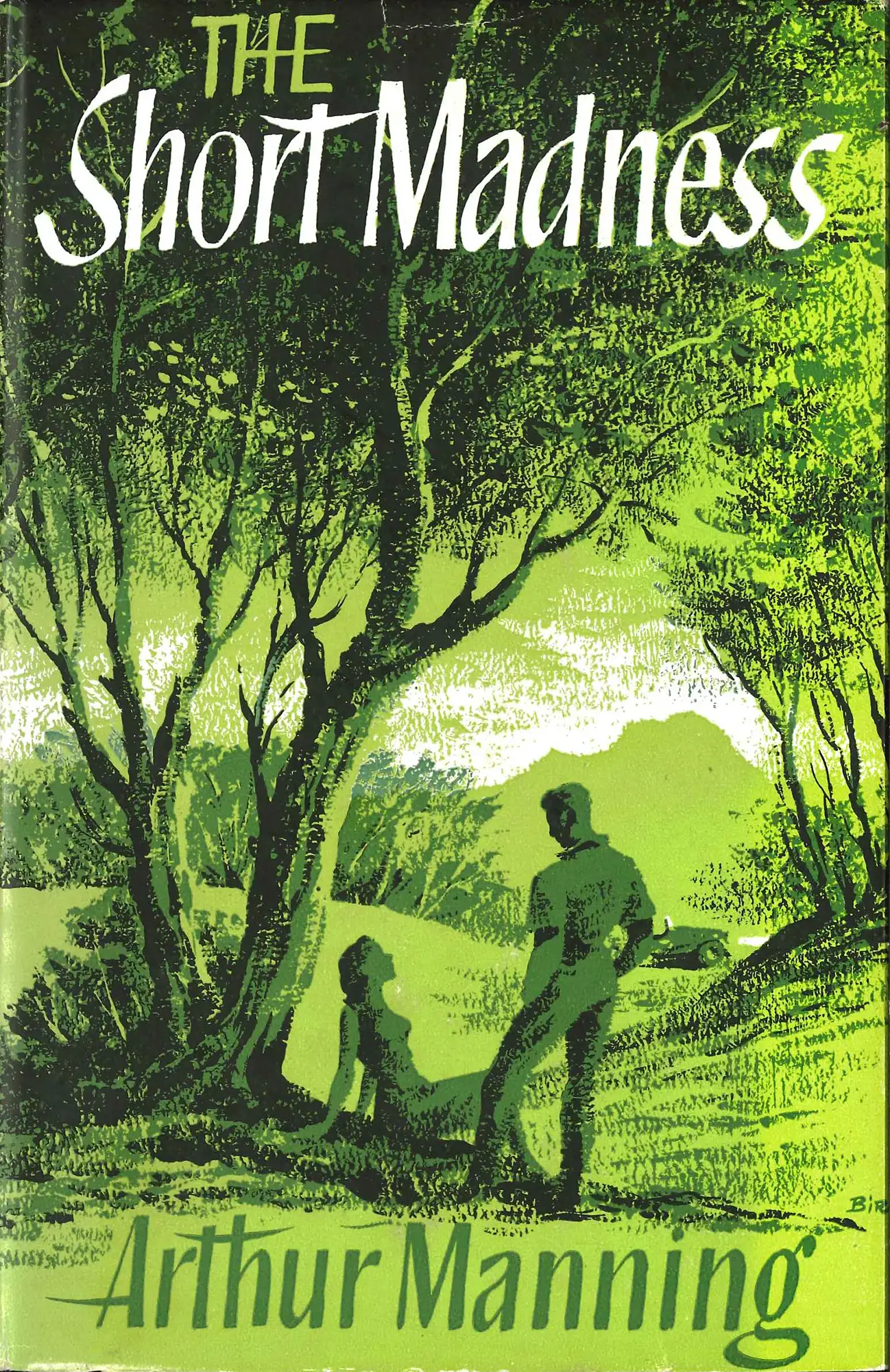
Arthur Manning. The short madness. London: Robert Hale; Christchurch: Whitcombe & Tombs, 1960.
Numerous novels by New Zealand authors were jointly published by Robert Hale of London and Whitcombe & Tombs of Christchurch from the 1940s to the early 1970s. Founded in 1882, Whitcombe & Tombs dominated the New Zealand publishing industry until the mid-20th century, when Reed began to rival them. The four 1960s jacketed books displayed here form a marked contrast with those issued by Reed, who were publishing the likes of Barry Crump and Denis Glover at the same time.
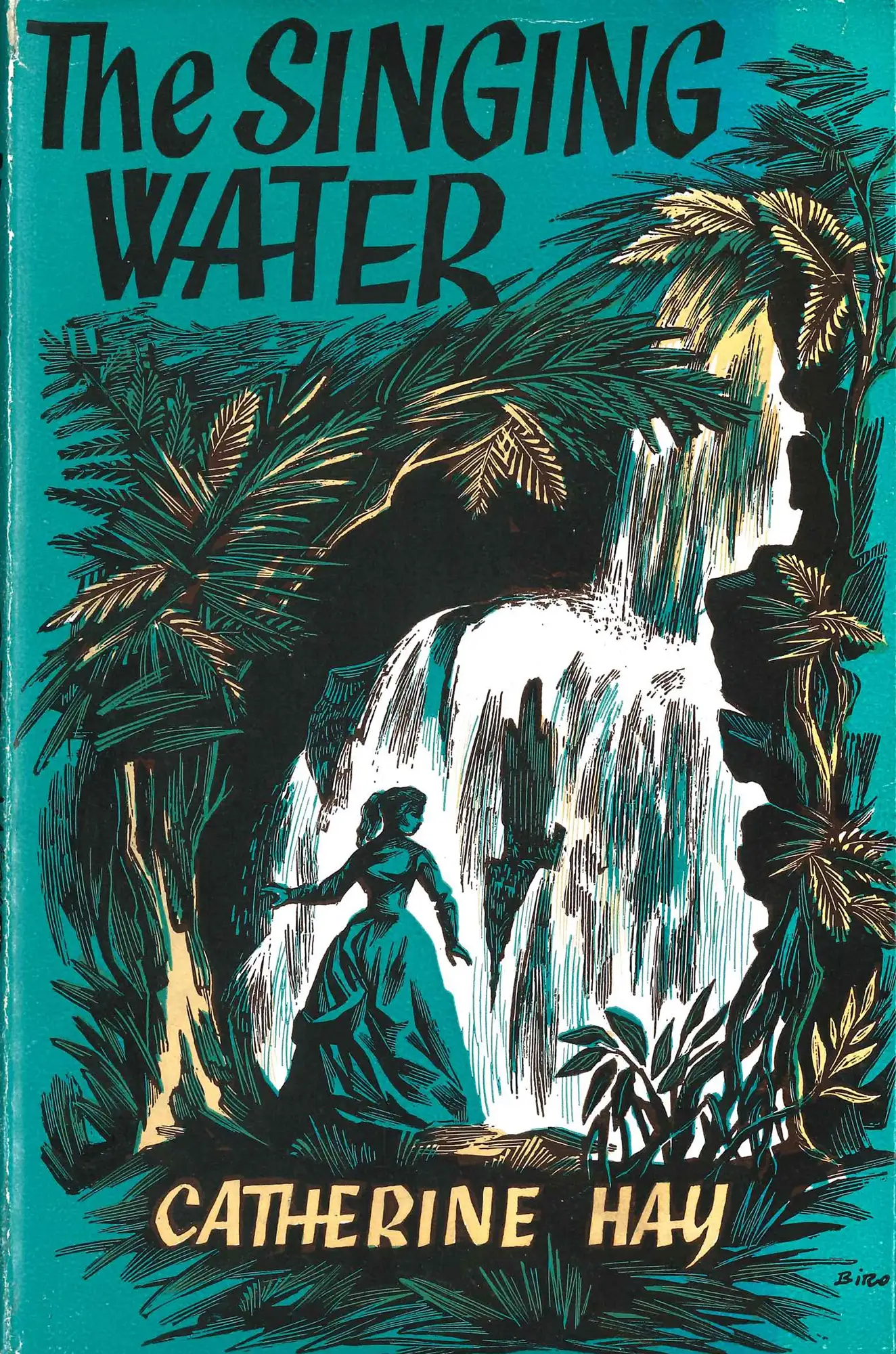
Catherine Hay. The singing water. London: Robert Hale; Christchurch: Whitcombe & Tombs, 1963.
Numerous novels by New Zealand authors were jointly published by Robert Hale of London and Whitcombe & Tombs of Christchurch from the 1940s to the early 1970s. Founded in 1882, Whitcombe & Tombs dominated the New Zealand publishing industry until the mid-20th century, when Reed began to rival them. The four 1960s jacketed books displayed here form a marked contrast with those issued by Reed, who were publishing the likes of Barry Crump and Denis Glover at the same time.








